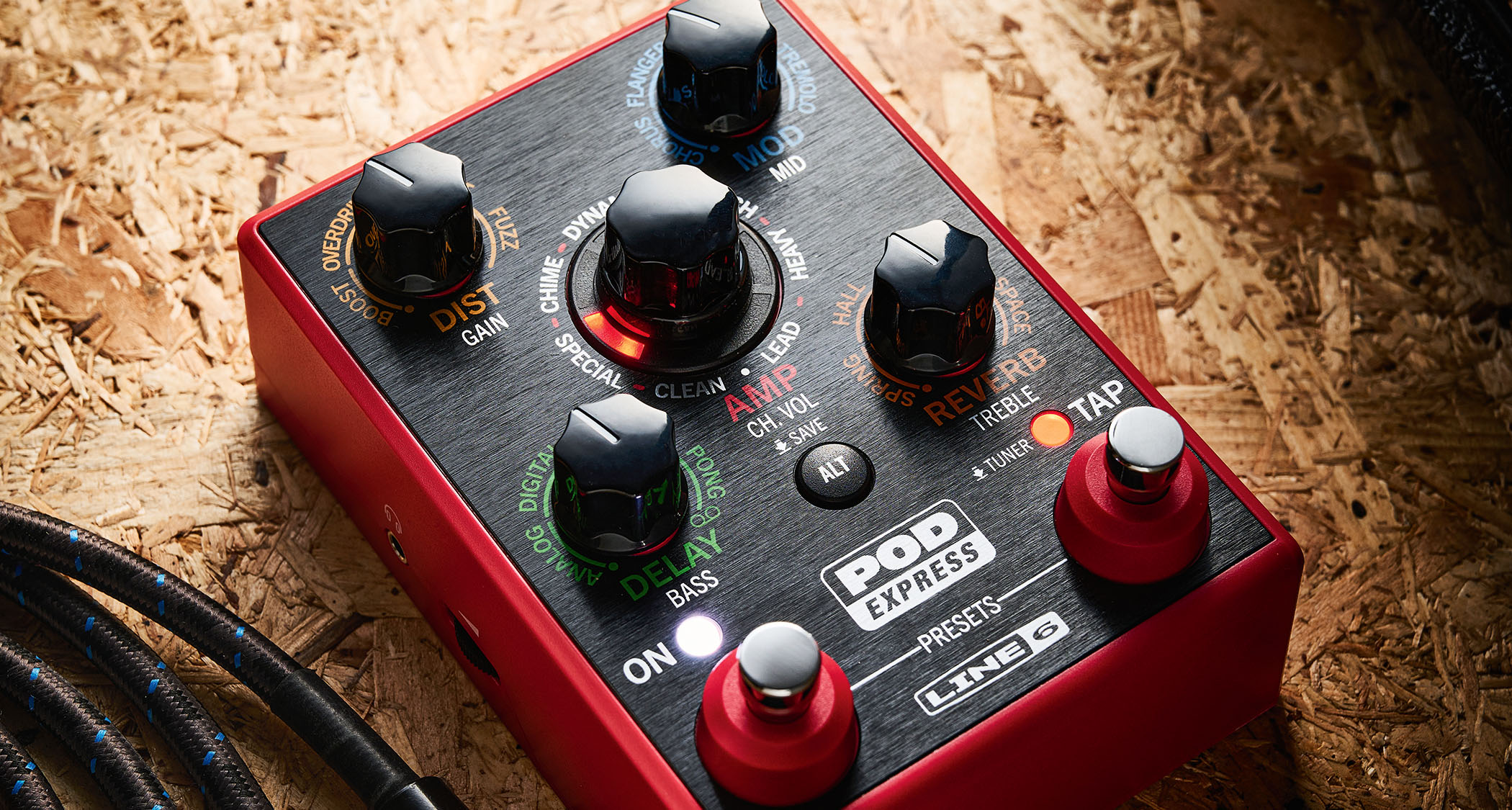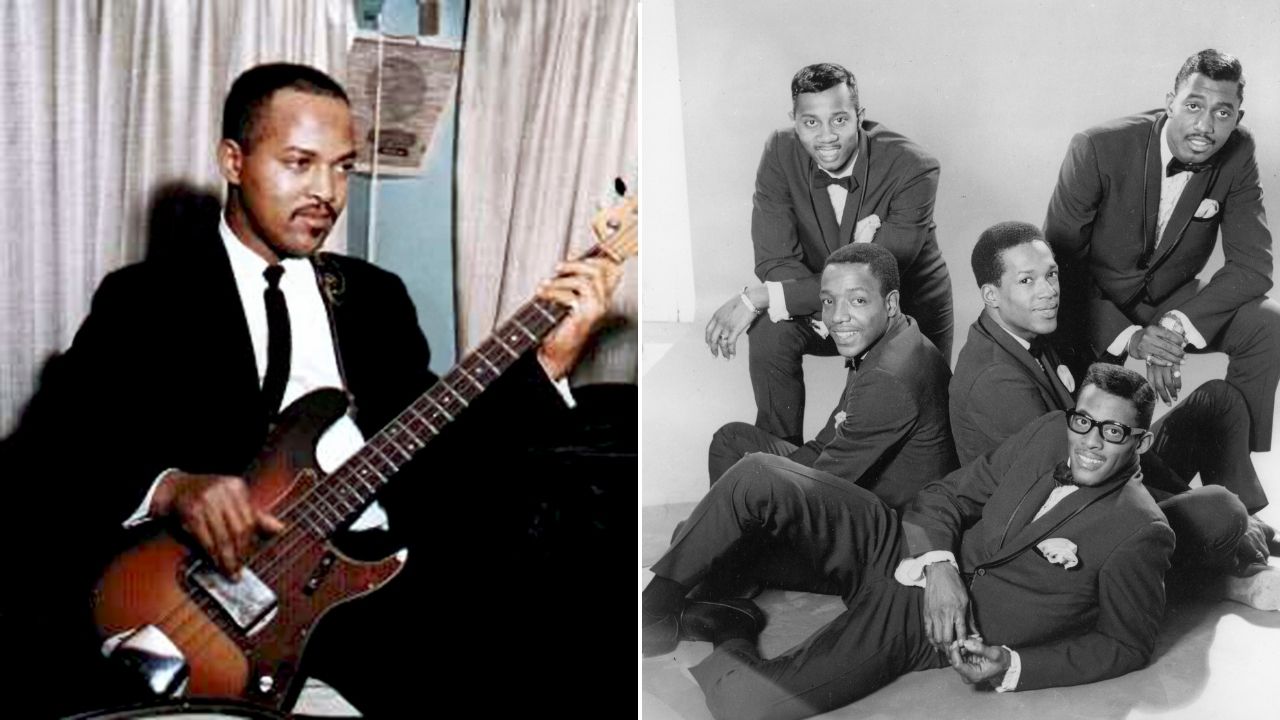Guitar World Verdict
The POD Express has the added edge of being able to integrate into our existing rigs... Ultimately, it’s an excellent all-rounder, even if it’s not quite a master in any single area.
Pros
- +
Amps and effects are from the HX series and sound brilliant.
- +
Easy to use.
- +
Expression pedal input.
- +
Can be used as an audio interface.
Cons
- -
No screen.
- -
A software editor would make life easier.
You can trust Guitar World
It’s been over a quarter of a century since Line 6’s unmistakeable red, kidney bean-shaped amp modeller burst onto the scene and kickstarted a tonal revolution, laying foundations for what is today a commonplace alternative to using an amp.
The POD, of course, still exists, even if it’s in the more conventional floorboard format. Line 6’s latest release also falls into the POD family, and while it takes the shape of a stompbox, there are parallels to be drawn with its ancestors.
The POD Express comes loaded with HX-derived amp and effects models – seven amps, seven cabs and 17 effects, distilled into a compact-sized pedal. There’s an on-board looper, a tuner, tap-tempo switch and a USB-C audio interface, plus you can hook up an external expression pedal, two footswitches, or a combination of expression and footswitch using a splitter cable.
The battery power, plastic casing, headphone socket and consumer-style volume wheel suggest this is aimed at headphone practice, but it can also be chained into your rig like any other pedal, or used as your amp simulator into a PA or cab. In short, it’s a Jack of all trades.
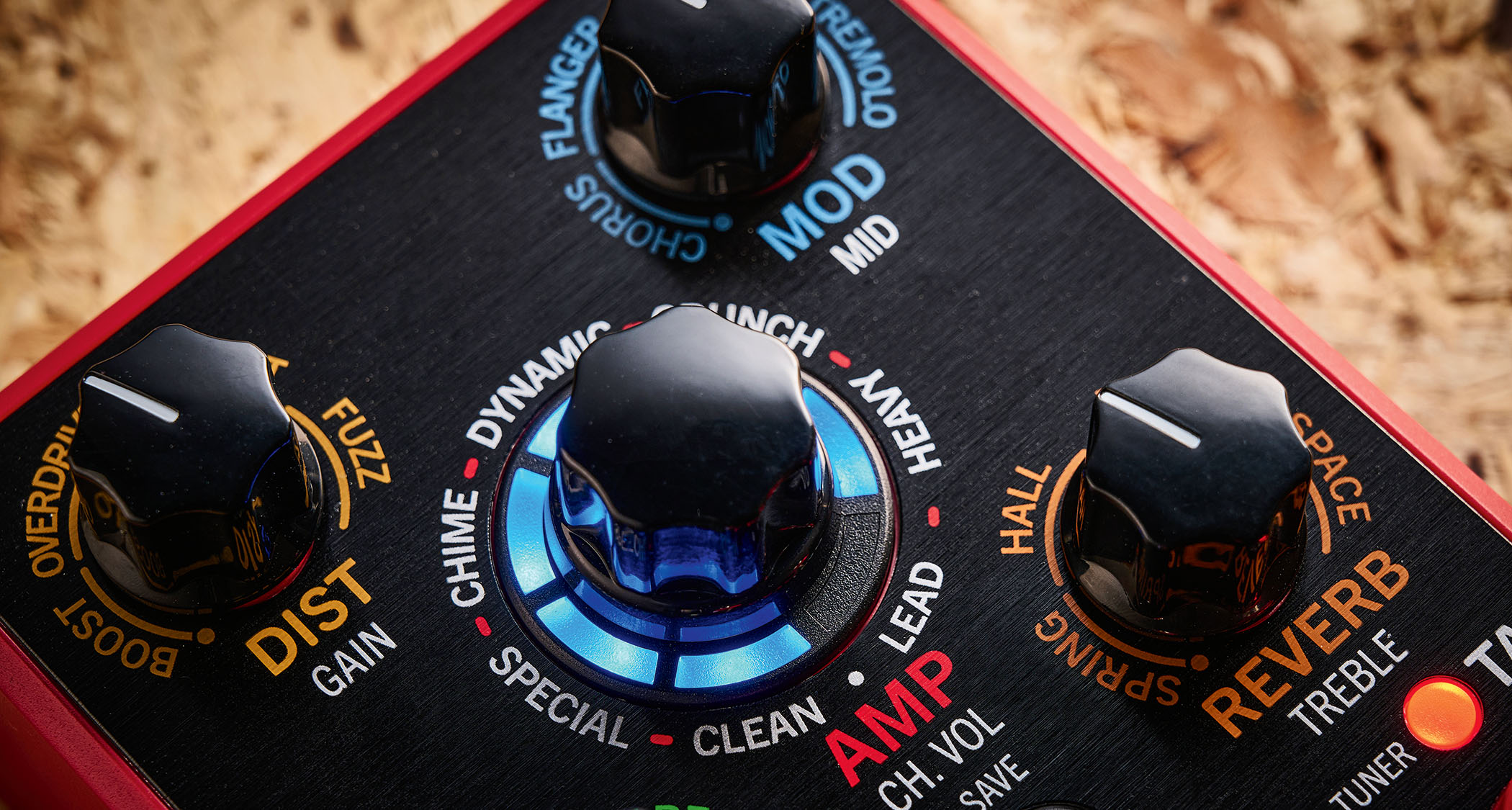
That’s well and good, but we’re hardly lacking for solutions when it comes to playing or recording our guitars in 2024, so the proof is in the tonal pudding.
The POD Express works in either Preset mode (you can save 21 of your own) or Manual mode. The first is a good way of getting to grips with some of the capabilities, but the fun starts with building your own sounds.
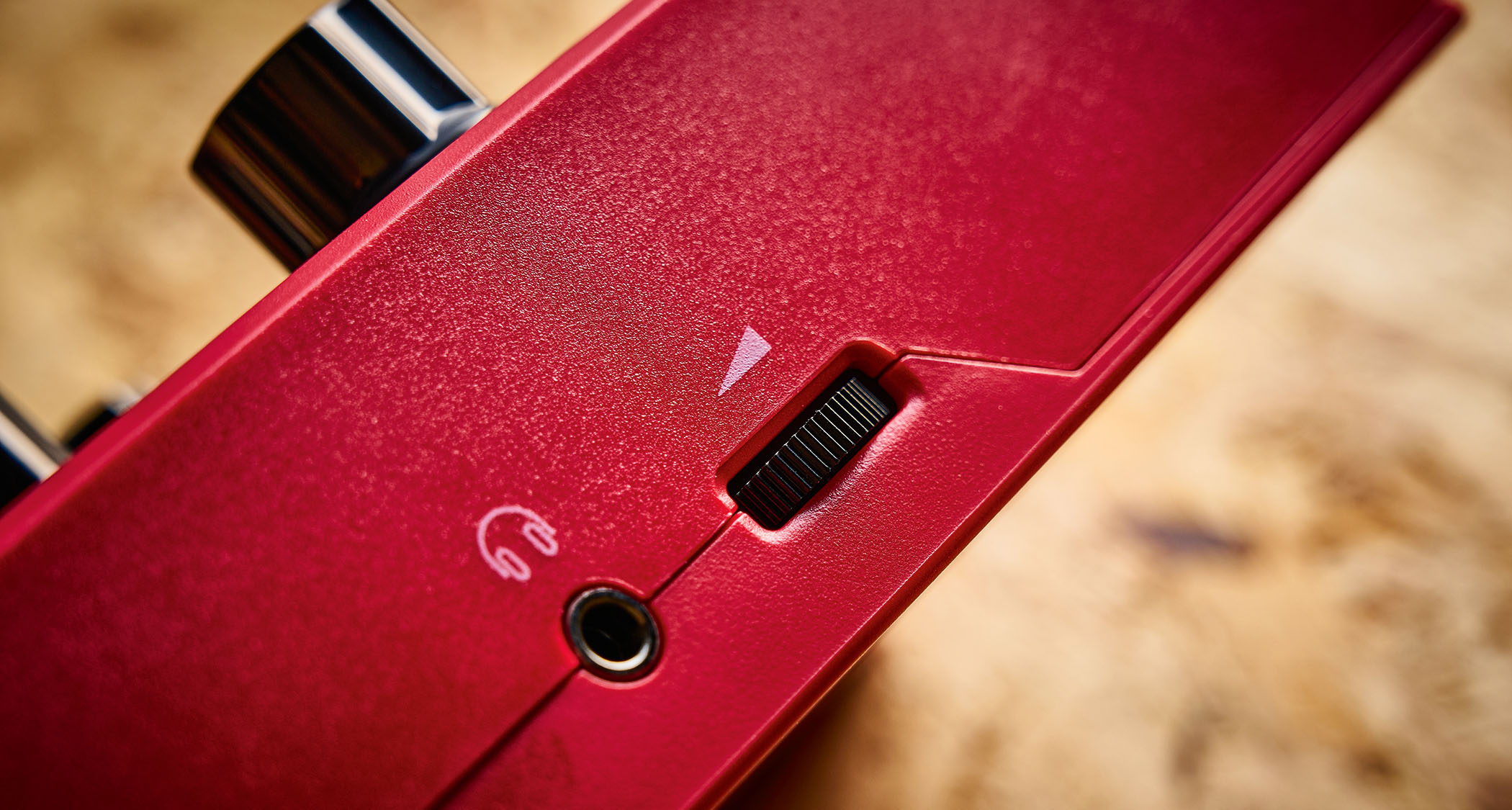
There’s no display, as such. Instead, everything is centred around the LED segments surrounding the Amp control in the middle. The POD Express is laid out into five sections (Dist, Amp, Mod, Delay and Reverb), and the LED bezel displays the range for whichever control you’re turning at that moment.
All the latest guitar news, interviews, lessons, reviews, deals and more, direct to your inbox!
The controls serve double-duty when it comes to sound-shaping, with amp gain, three-band EQ and channel volume all accessed by holding down the Alt switch. There’s a lot going on, and the amps sound great, holding up that HX reputation nicely.

The same goes for the effects: deep, rich modulation, analogue flavour to the delays, and very usable, rich-sounding reverbs. In basic operation, everything is simple, but, delving deeper, you’ll find yourself having to memorise several combinations of button-presses.
There’s no doubt that there are a lot of features here, but we can’t ignore products such as the Positive Grid Spark GO and Boss Katana GO, both of which offer ‘smart’ features for practice and sound editing. In fact, a computer or mobile-based editor would make unlocking the POD’s full potential very easy.
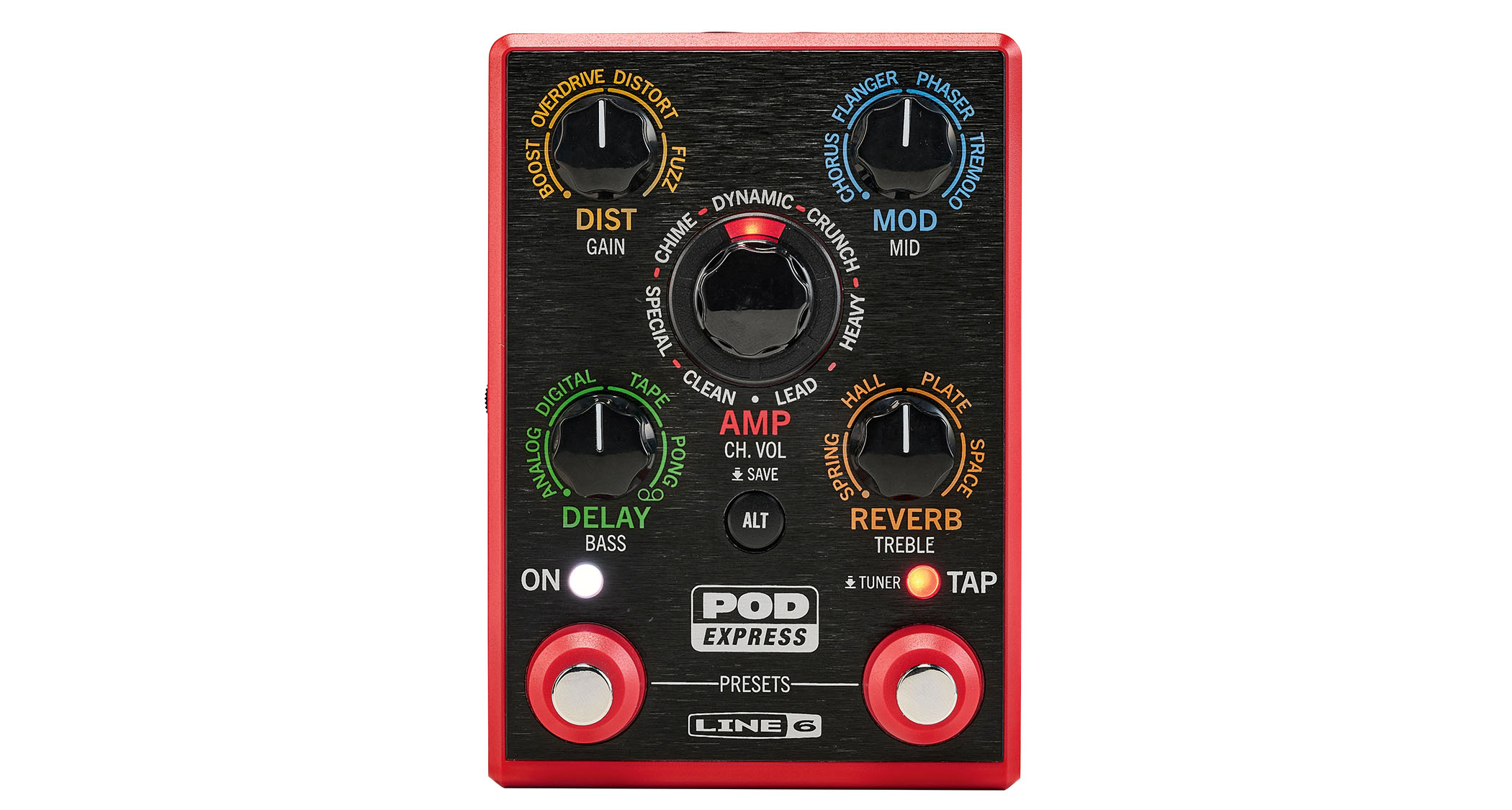
That said, the POD Express has the added edge of being able to integrate into our existing rigs, and not everyone wants to get their hands dirty with the details. Ultimately, it’s an excellent all-rounder, even if it’s not quite a master in any single area.
Specs
- PRICE: $179/£199
- TYPE: Amp/Effects modelling pedal
- AMPS: 7 amps with 7 matching cabs (interchangeable)
- EFFECTS: 7
- FEATURES: Tuner, looper, audio interface
- CONNECTIONS: Input, output (L/R), headphones, external footswitch (1x TRS socket), USB C
- POWER: 3X AA or PSU (sold separately)
- DIMENSIONS: [WXHXD] 92 x 56 x 130mm
- CONTACT: Line 6

Stuart has been working for guitar publications since 2008, beginning his career as Reviews Editor for Total Guitar before becoming Editor for six years. During this time, he and the team brought the magazine into the modern age with digital editions, a Youtube channel and the Apple chart-bothering Total Guitar Podcast. Stuart has also served as a freelance writer for Guitar World, Guitarist and MusicRadar reviewing hundreds of products spanning everything from acoustic guitars to valve amps, modelers and plugins. When not spouting his opinions on the best new gear, Stuart has been reminded on many occasions that the 'never meet your heroes' rule is entirely wrong, clocking-up interviews with the likes of Eddie Van Halen, Foo Fighters, Green Day and many, many more. If he's not playing the guitar, you'll likely find Stuart behind the kit playing Valerie to newlyweds.
